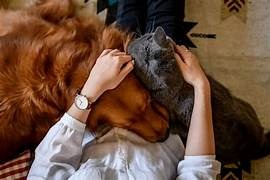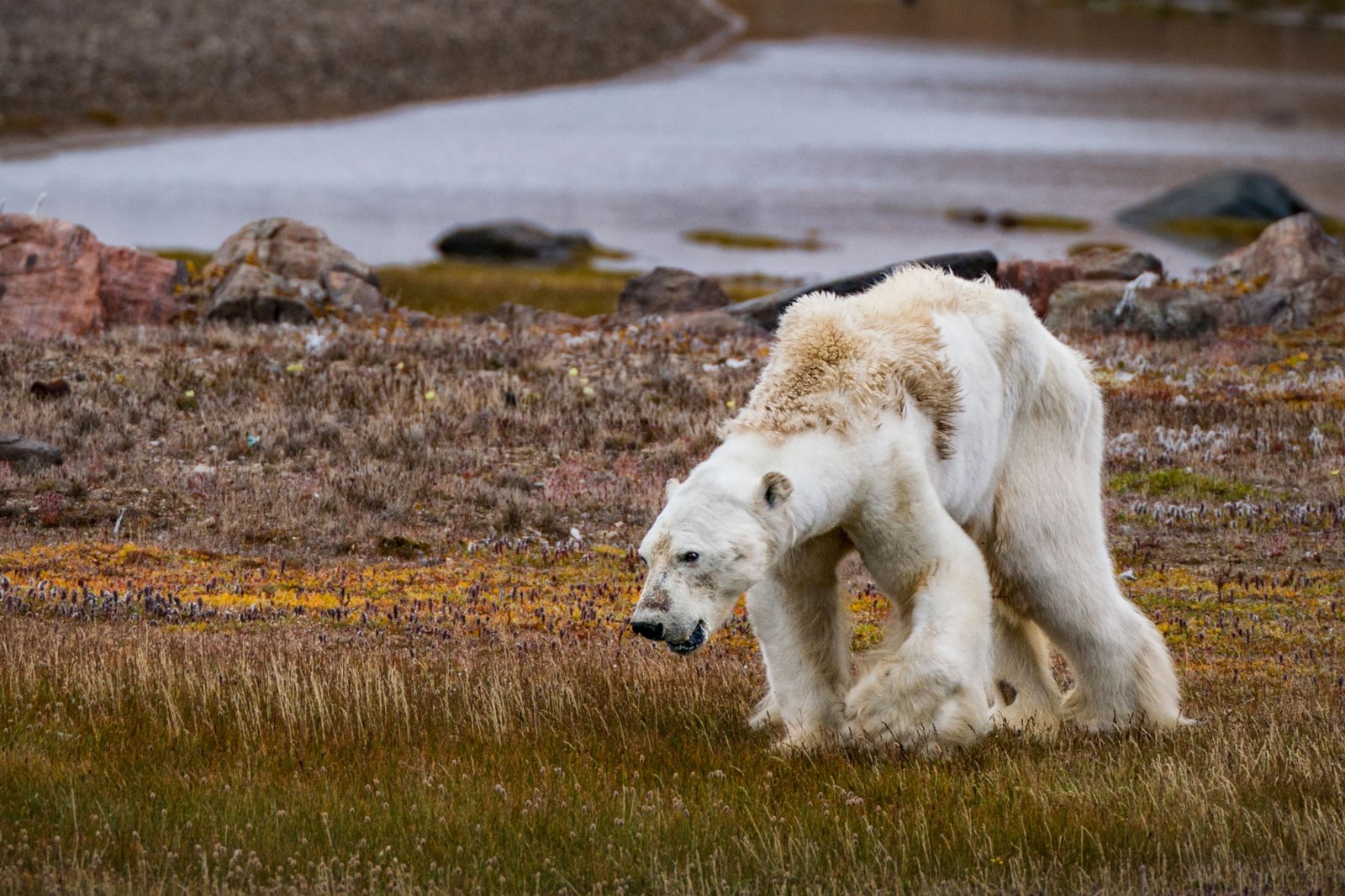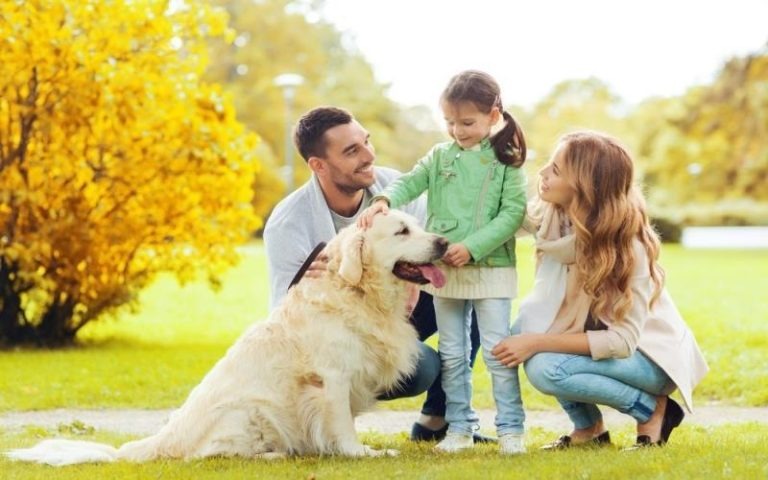
Paws on the Ground: Mastering Polite Greetings for Your Leaping Pup
Train your dog to greet guests politely with confidence and calm. Discover expert-backed techniques—reward-based training, distraction strategies, management tips, and real‑world examples—to finally curb that joyful—but chaotic—jumping habit.
🐶 Pet Star
38 min read · 9, Jul 2025

Introduction
You hear the doorbell ring. Before you can say “Stay,” your furry friend barrels toward the front door like a canine rocket. The door opens—and there it is. That all-too-familiar leap. Paws on shoulders. Licks on faces. Flailing limbs. Your guest recoils, unsure whether to laugh, cry, or ask for a lint roller.
For many pet owners, this scenario plays out far too often. Dogs jump up to greet people—sometimes as a cute quirk, sometimes as a frustrating behavior that borders on dangerous. What starts as innocent enthusiasm can lead to torn clothing, knocked-over children, startled guests, or even serious injuries.
But here’s the good news: your dog’s jumping habit is entirely trainable. Teaching a pet to greet guests politely isn’t just a dream—it’s a structured, achievable goal. This article explores the underlying causes of jumping, dispels common myths, and walks you through a detailed, proven approach to teach your dog that four paws on the ground is the key to getting what they want most: your attention.
Why Dogs Jump: Breaking Down the Behavior
They’re Not Being “Dominant”
Let’s start by busting a myth: your dog isn’t jumping to assert dominance over you or your guests. Most dogs jump simply because they’re excited and want attention. From puppyhood, dogs often learn that jumping gets a response—even if that response is yelling or pushing them away. In the canine mind, any attention is better than none.
Greeting Behavior Is Innate
In the wild, young wolves and wild dogs greet adult pack members by licking their mouths. Domestic dogs retain this behavior as a kind of enthusiastic “hello.” Unfortunately, since humans are taller, dogs often aim upward to reach our faces—and that results in jumping.
Jumping Gets Results
Behavior that gets rewarded gets repeated. If jumping earns your dog praise, petting, or even eye contact, it becomes a habit. Even scolding or pushing them away can reinforce the behavior because the dog gets what they wanted: engagement.
Step One: Manage the Environment First
Before you begin any formal training, you need to prevent your dog from practicing the unwanted behavior.
Use Leashes or Baby Gates
When guests arrive, keep your dog on a leash or behind a baby gate. This gives you more control while you work on training without allowing your dog to rehearse the behavior you're trying to eliminate.
Pre-Visit Exercise
A well-exercised dog is a calmer dog. A brisk walk, game of fetch, or some mentally stimulating puzzle toys before guests arrive can significantly reduce jumping caused by pent-up energy.
Control the Greeting Zone
Set up a designated greeting area in your home. This could be the foyer, a hallway, or a specific room. Use it consistently so your dog starts to associate calm behavior in that space with positive outcomes.
Step Two: Teach a New Way to Greet
You can’t just tell your dog “no”—you have to teach them what to do instead.
Teach “Sit” as a Default Greeting
Start teaching your dog to sit every time someone enters the room. Begin in calm environments. Say “Sit,” and when your dog complies, give them a treat and praise. Repeat dozens of times. Once it’s reliable, add distractions—like someone standing by the door—and eventually move to full guest greetings.
Reward Four Paws on the Floor
Not all dogs will automatically sit, especially in exciting moments. Another strategy is simply rewarding them whenever all four feet are on the ground. Keep treats ready. The second your dog stays grounded during a greeting, say “Yes!” and reward. Timing is critical—praise only when they are not jumping.
Use Treat Scattering
Scatter a few treats on the floor right before or as a guest walks in. This encourages your dog to stay down and focus on the floor rather than leaping up. Over time, your dog learns that staying low is what gets the reward.
Step Three: Set Your Dog Up for Success
Train Before the Real Test
Don’t wait for a real guest to train your dog. Practice greetings with family members or friends who agree to help. Repetition in low-pressure scenarios builds confidence and consistency.
Keep Sessions Short
Avoid overwhelming your dog. Training sessions should last 5–10 minutes, multiple times a day. End on a success, not a failure. Always reward calm behavior.
Minimize Mixed Signals
Make sure everyone in the household follows the same rules. If one person allows jumping and another doesn’t, your dog will get confused. Consistency is key.
Step Four: Involve Your Guests
Brief Visitors Ahead of Time
Before people arrive, ask them to help by ignoring your dog until all four paws are on the ground. No petting, no eye contact, no speaking. Once your dog is calm, they can say hello—but only then.
Teach the Turn-Away Method
Ask your guests to turn their back the moment the dog jumps. This withdrawal of attention sends a powerful message. When the dog stops jumping, the guest can turn around and reward the calm behavior.
Create a Guest Protocol
Have treats by the door. Ask guests to give a treat only if your dog is sitting or calm. This turns guests into part of the training team and reinforces good behavior with every visit.
Step Five: Be Consistent and Patient
Understand the Timeline
Changing ingrained habits takes time. While some dogs catch on in days, others may take weeks or even months to reliably greet people calmly. Stay patient and keep at it.
Expect Regression
Setbacks are normal. If your dog regresses, go back a step in training. Revisit sit practice, reduce distractions, and build back up. Progress isn’t always linear.
Stay Calm
Avoid yelling or pushing your dog away when they jump. That type of attention can inadvertently reinforce the behavior. Instead, calmly withdraw attention—step back, turn away, or leave the room briefly.
Step Six: Advanced Strategies for Persistent Jumpers
Use a Place Command
Teach your dog to go to a designated spot, like a mat or bed, when the doorbell rings. Reward them for staying there until released. This command creates structure and can be practiced with growing levels of distraction.
Desensitize to the Doorbell
Many dogs start jumping as soon as the doorbell rings. Practice doorbell sounds without visitors. Ring the bell, ask for a sit or send the dog to their place, then reward. Do this repeatedly until the doorbell no longer triggers excitement.
Introduce Real-Life Rewards
Not all rewards need to be treats. A guest walking in, a pat on the head, or even tossing a toy can be powerful motivators—if given only when your dog behaves calmly.
Step Seven: Real-World Practice Scenarios
Greeting a Delivery Person
When the doorbell rings, leash your dog or cue them to “go to place.” Open the door while keeping your dog under control. If they stay calm, reward heavily.
Visitors Entering Unannounced
Practice surprise entries with family. Have someone come in without knocking. Reward your dog for staying calm—or manage with a leash and reinforce calm greetings.
High-Energy Guests or Children
Teach children not to squeal or rush toward the dog. High-energy people can trigger jumping. Have children toss treats on the ground rather than pet the dog immediately.
Step Eight: Expert Advice & Case Studies
Trainer Insight: What Professionals Say
Professional dog trainers emphasize the importance of rewarding alternative behaviors instead of focusing solely on punishment. Most jumping behavior is easily reduced when the dog clearly understands which behaviors produce good outcomes.
Real Case Study: Luna the Leaper
Luna, a 2-year-old Golden Retriever, would leap on every visitor, tail wagging and nails scratching. After implementing reward-based sit greetings and using a leash during practice sessions, Luna learned to sit quietly within two weeks of consistent training. Her owner now keeps treats by the door and has trained friends to help reinforce her calm greetings.
Step Nine: Understanding the Psychology Behind Jumping
The Role of Excitement and Impulse Control
Dogs, especially younger ones, often lack impulse control when visitors arrive. Their brains are flooded with excitement hormones like dopamine, making it harder to suppress the urge to jump. This natural response can be compared to a child who wants to burst out of their seat when a favorite friend arrives.
Impulse control can be strengthened through structured training exercises. Practices such as “stay,” “wait,” and “leave it” not only teach obedience but also help dogs regulate their emotional responses. Over time, your dog learns that patience is rewarded, which in turn reduces jumping.
Classical and Operant Conditioning
The science of behavior explains jumping through classical and operant conditioning. Your dog associates the arrival of guests with excitement and attention (classical conditioning). Meanwhile, operant conditioning reinforces behaviors based on consequences—jumping results in attention, so it persists.
By shifting the consequences—rewarding calm greetings and withholding attention when jumping—you can rewire your dog’s associations and shape more desirable behaviors.
Step Ten: Troubleshooting Common Challenges
My Dog Only Jumps on Certain People—Why?
Dogs often respond differently to various individuals depending on energy, scent, or past experiences. A high-energy visitor or someone the dog doesn’t know well may trigger more jumping. Be extra diligent with new people: keep the dog on leash and reward calm behavior consistently.
What If My Dog Is Too Big to Manage on a Leash?
Large dogs can be tricky to restrain, but management is key. Use sturdy equipment like head halters or front-clip harnesses, which provide better control. Additionally, use baby gates or confinement areas to prevent the dog from reaching guests while you train.
The Dog Gets Overexcited No Matter What We Do
This may indicate underlying anxiety or insufficient exercise. Consult a veterinarian or professional behaviorist to rule out medical or psychological issues. Increasing physical activity and mental enrichment can help calm excess excitement.
Step Eleven: Building Long-Term Habits
Consistency Across Environments
Training only works if it’s consistent. If your dog is calm at home but jumps at the vet’s office or a friend’s house, practice generalized greetings in various places. Use friends and family as “guests” for practice, varying locations and distractions.
Gradual Increase in Distractions
Start training in quiet environments, then gradually add distractions like multiple guests, noise, or excitement. This helps your dog generalize calm greetings regardless of circumstances.
Keep Rewarding Calm Behavior
Even after your dog masters polite greetings, continue to reward calm behavior intermittently. This maintains motivation and prevents relapse into old habits.
Step Twelve: Advanced Training Tools
Clicker Training
Clicker training uses a small device that emits a distinct “click” sound to mark good behavior precisely when it happens. Pair the click with treats to reinforce sitting or remaining calm during greetings. This method speeds up learning by providing clear communication.
Target Training
Teaching your dog to touch a target (like your hand or a stick) redirects attention during high-energy situations. When the doorbell rings, ask your dog to “touch” and reward. This gives your dog a positive alternative to jumping.
Remote Treat Dispensers
Some owners use technology like remote treat dispensers to reward calm behavior when they are busy greeting guests. This allows for consistent rewards without breaking focus.
Conclusion
Teaching your dog not to jump on visitors is a journey of patience, consistency, and positive reinforcement. While the behavior might stem from excitement and a natural desire for attention, it can be managed effectively through a combination of environmental management, clear communication, and reward-based training. By understanding why your dog jumps and offering a polite alternative, such as sitting or keeping all four paws on the floor, you set the stage for lasting behavioral change.
The key to success lies not only in training your dog but also in involving your household and guests. Consistency from everyone interacting with your dog ensures that mixed messages don’t undermine your efforts. Employing distractions, mental stimulation, and plenty of exercise further reduces your dog’s impulse to jump, making calm greetings second nature.
Importantly, it’s essential to celebrate small wins along the way and recognize that setbacks are normal. Some dogs take longer to learn new habits, but with persistence and kindness, the transformation is absolutely achievable.
Ultimately, polite greetings improve not only your dog’s behavior but also the safety and comfort of your home. Visitors will feel more welcome, and your dog will learn how to express their excitement in ways that are enjoyable for everyone involved.
Remember: your dog isn’t “misbehaving” out of malice—they’re communicating and seeking connection. Your thoughtful guidance helps them learn a new, more appropriate way to say hello.
Q&A
Q1: Why does my dog jump on guests?
A: Dogs jump primarily to get attention and express excitement. Jumping is a natural greeting behavior that’s reinforced if it results in petting, talking, or eye contact.
Q2: Is my dog trying to dominate by jumping?
A: No. Jumping is usually about excitement and attention-seeking, not dominance.
Q3: How long does it take to train my dog not to jump?
A: Training time varies, but with consistent effort, many dogs show improvement within a few weeks. More persistent dogs may need months.
Q4: Should I punish my dog for jumping?
A: Punishment is not recommended as it can cause fear or aggression. Positive reinforcement and redirecting to alternate behaviors work best.
Q5: How can I involve my guests in training?
A: Ask guests to ignore your dog until it’s calm and reward calm behavior with treats or affection.
Q6: What if my dog only jumps on certain visitors?
A: The dog may be more excited or anxious around specific people. Use leash control and consistent training with all visitors.
Q7: Can older dogs learn not to jump?
A: Yes, with patience and consistent training, dogs of any age can learn new behaviors.
Q8: How do I prevent jumping if I have children?
A: Teach children to stay calm, avoid sudden movements, and not to encourage jumping by petting a jumping dog.
Q9: Are there tools to help with training?
A: Yes, tools like leashes, baby gates, clickers, and target sticks can assist in managing and teaching polite greetings.
Q10: When should I seek professional help?
A: If jumping persists despite consistent training or is linked to anxiety or aggression, consult a professional trainer or veterinary behaviorist.
Similar Articles
Find more relatable content in similar Articles

Pets and Mental Health: The Science Behind Emotional H..
Discover the profound impact o.. Read More

The Growing Trend of Therapy and Emotional Support Ani..
Exploring the remarkable rise .. Read More

How Climate Change Affects Wild and Domestic Animals...
Climate change is dramatically.. Read More

How Pets Strengthen Family Bonds...
Pets are more than just compan.. Read More
Explore Other Categories
© 2024 Copyrights by rPets. All Rights Reserved.